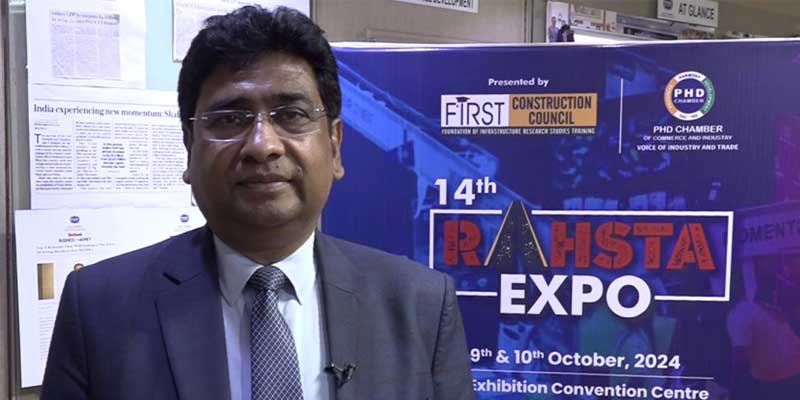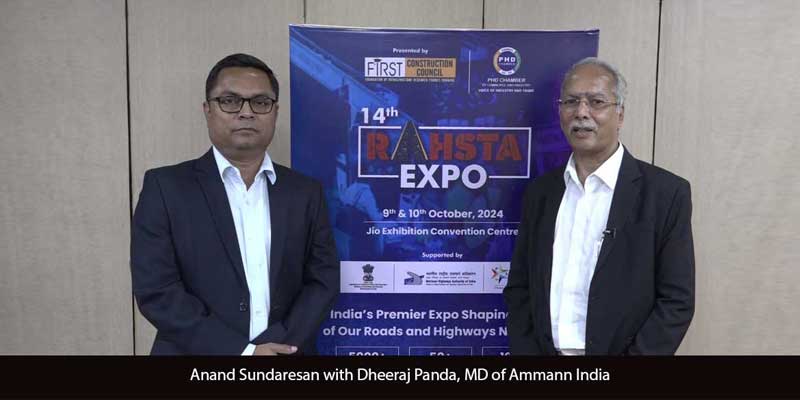Schedule a Call Back
IPF Holds Successful Conference on Indian Steel Markets
 Events
Events- Apr 07,11
Brilliant speeches and presentations, as well as over 150 searching questions, lighted up the Conference
The "Indian Steel Markets 2011" Conference was held on 15-16 March 2011 at  the Hotel Leela Kempinski, Gurgaon. The Conference established an independent, highly well-informed and vibrant platform in order to bring together the main stakeholders in the steel industry, helping them to identify better solutions for steel producers and consumers, by analysing the downstream steel markets, their demand drivers and the key supply factors. The Conference was jointly organised by SteelGuru and IPFedge, an outfit of IPFonline Limited, publishers of Industrial Products Finder. With the global economy recovering gradually, there is a strong need to understand the movement in downstream steel markets, along with the volatility in raw material prices, and the Conference sought to establish the connection.
the Hotel Leela Kempinski, Gurgaon. The Conference established an independent, highly well-informed and vibrant platform in order to bring together the main stakeholders in the steel industry, helping them to identify better solutions for steel producers and consumers, by analysing the downstream steel markets, their demand drivers and the key supply factors. The Conference was jointly organised by SteelGuru and IPFedge, an outfit of IPFonline Limited, publishers of Industrial Products Finder. With the global economy recovering gradually, there is a strong need to understand the movement in downstream steel markets, along with the volatility in raw material prices, and the Conference sought to establish the connection.
The global steel consumption at 1283 MT in 2010 exceeded the pre-crisis peak of 2007 but the recovery was stronger in the developing world in general, the BRIC countries (Brazil, Russia, India and China) in particular, rather than in the developed countries. But there are dark clouds on the horizon, by way of increasing energy costs, faltering growth in Europe, political uncertainty in the Middle East, and the natural setbacks, first in Australia (the floods affecting the mines), and the latest developments in Japan in the aftermath of the massive earthquake and tsunami. 
Speaking at the Opening Session, Mr.. Malay Mukherjee, CEO, Essar Steel, noted that apart from the uncertainty in demand, what is plaguing all steel makers is the rise in raw material prices, due to lower supply, and an oligopolistic raw materials market, which a fragmented steel industry finds difficult to cope with. Similar concerns were echoed by Mr. Jayant Acharya, Director, JSW Steel, making people feel that at the highest level, perspectives are indeed similar. Shri C S Verma, Chairman, SAIL, outlined the company's growth plans, while opining that the ecological disaster in Japan may have a temporary softening on raw material prices. The influence of political economy on steel (or any sector of the economy for that matter) was tremendous, and can accelerate or derail growth, pointed out Mr. V R Sharma, CEO Steel, JSPL. Mr. Joachim Schroder, Chief Executive Officer at Research & Consulting Group in Switzerland, highlighted the interesting fact that in spite of all the growth in steel industry, India was still a net importer and while capacity additions were underway, the country has not yet reached the peak by overcoming global competition. Mr. Narendra Chaudhary, Steel Consultant, moderated the session.
The next session focused entirely on BRIC countries. Mr. John Lichtenstein, Global Head of Metals, Accenture, USA, said that each of the BRIC countries would take a somewhat different growth path, with increasing inter dependencies. This is because of the difference in maturity levels of the steel industry in the respective country. The long-term growth drivers are: a) Fixed Asset Investment; b) Competitiveness of Downstream Processes; c) Innovation - a result of R&D spending; d) Consumer Spending; and e) Sustainable Development policy followed in practice. His assessment came to the conclusion that China shows solid long-term market growth including exports.
Raw materials and industry fragmentation was a problem, but these are being addressed. India's market was likely to grow, but was susceptible to shocks. Brazil has strong growth prospects from inherent demand but the economy needed financial reforms. The Russian steel industry is affected by the economic challenges of energy dependence and demographics.
Mr. Wu Wenzhang, President of SteelHome, an information and consultancy services company based in Shanghai, China, reiterated that China's steel industry would have stable growth over the next 5 years, since the government was shifting from unbalanced to balanced economic growth over the entire country. As a result, while demand would fall in the developed regions, increasing demand in others would create a stable and sustainable demand. Energy conservation and consolidation of fragmented units is another area of focus for the behemoth called the Chinese Steel Industry. In 2010 China's crude steel production was 627 million tonnes, an increase of 5 times over the 2009. Iron ore imports would remain China's problem.
Brazil in 2010 was the 8th largest steel producing country, comprising approximately 2.3% of the world's total production. While the country had iron ore reserves it completely depended on imported coke for steel production. The steel industry had a stable 4% growth over the last decade and is expected to continue on the same path. This was an opinion shared by the two experts on Brazilian steel - Mr. Rudolf Buhler, Director Technical, Brazil Steel Institute, and Dr Germano Mendes de Paula, Professor, Institute of Economics Federal University of Uberlandia, Brazil.
Russia was the fourth largest producer in 2010 with 66.8 million tonnes while India was the 5th largest producer with 66.6 million tonnes. Ukraine was the 9th largest producer with 32.6 million tonnes of steel. The country has an expected growth of around 3-5%.
Dr Mohamad Alswiri, MD, MASCO Syria Company, made a very interesting analysis of the Middle East market, with focus on Syria. Here it is a case of more trading than production, and positive impact of logistics costs and custom duties encouraged imports from other countries of the Middle East rather than from Asia or Europe. He felt that the global steel market is characterised by 2-3 short cycles in a year as compared to the long cycles of yester years. This is a significant change and he felt at present the world is in the midst of a down cycle of 2011, though expected to pick up later in the year. 
In between the Session on BRICs, a special address was made by Mr. P. K. Mishra, Secretary, Ministry of Steel,, Government of India, who outlined the growth achieved by India so far in the steel sector and the keen intention of the Steel Ministry to sustain this growth in future. He also answered several questions from the delegates.
On Day 2, the attention shifted to India. Growth prospects of steel industry in India are huge, given the young demographics and the demand for urbanisation. While infrastructure development had a great potential for boosting steel demand, the slow growth in infrastructure is becoming a bottleneck in goods movement and demand per se. Mr. Girish Rao, CEO, Essar, Hypermart, expressed the view that in the present scenario is ripe for growth in rural India which consumes only 13 kg of steel per capita (and where 70% of India still resides) and making steel a small retail item rather than a bulk item. According to Mr. Ashok Bharadwaj, Director-Marketing, Ispat Industries Limited, Indian steel industry was consolidating itself in the current scenario through M&A, forward and backward integration to reduce raw material volatility impact and increased retail focus. He also echoed a short term softening of prices due to fall in demand in Japan. Ms. Swati Agrawal, Sr VP, CARE ICRA, pointed out a very critical point - while the big boys of the Indian steel industry have become global giants, the SMEs are fragmented, lacking technological and financial resources and are also affected by power shortages and raw material price volatility. She highlighted all the major considerations, which went into rating of a steel plant. While demand supply situation is important for any cyclical commodity based industry, it is more important for steel due to the capital intensive nature of the business coupled with the long gestation period for the setup of a new plant.
In Construction Steel, Shri V K Mehta, ED, Long Products & ITD - SAIL, mentioned that there was a distinct shift towards prefabricated materials and construction and infrastructure combined, which consumed more than 60% of the steel produced. Though a massive investment in infrastructure has been projected, actual consumption of steel would depend upon the real progress in infrastructure. With high inflation and regular increase in interest rates, demand for real estate has become subdued at retail level. Mr. Malay Chatterjee, CMD - Hindustan Steelworks Construction Ltd, exuded optimism in growth in infrastructure and construction but added the caveat 'waiting for the right trigger.' He expected capacity expansion in both forward and backward linkages. Maj. Gen., B B Sharma (retd), VP,
Jaypee Associates, drew attention to issues affecting the retail customer of construction steel - quality, middleman's surplus, transportation problems, all of which compounded the woes of many consumers still today. According to him, there is need for many more steel retail marts to take proper care of the consumer.
Mr. Dilip Oommen, CEO, Essar Steel said that considering the economy has grown at 8.5% this fiscal and expected to grow at 9% in FY 12, coupled with the government's stated desire of investment in infrastructure and auto sector, the time is ripe for focusing on niche products, like the various grades of galvanised steel and other special grades. This is the need of the automotive and white goods sectors and also thereby an opportunity to displace imports through them. Production of high strength and UHSS steels for auto industry needed investment in capacity building, and research and development.
Mr. Sunil Kakkar, General Manager, Supply Chain, Maruti Suzuki Ltd., outlined the following expectations of automobile industry from steel: a) Continuous availability with long term commitments; b) Shorter lead time; c) Full compliance with delivery schedules; d) Service support; and e) Averaging market fluctuations. In other words, quality with minimum price and quantity fluctuations are the expectations of this segment. Mr. Abraham Stephanos, CEO of Tata Steel Processing Distribution Limited (TSPDL), focused on the core activity of his company: Steel Service Centres in the Automotive Supply Chain, catalysed mostly by the auto industry. The Service Centres were engaged in: a) Inventory Holding; b) Processing; c) Distribution & Logistics; and d) Inventory Management. The five major tre nds affecting Global Auto Supply Chain were: a) Flexible Manufacturing; b) Build to Order; c) Risk Sharing; d) Outsourcing of manufacturing; and e) Outsourcing Logistics.
nds affecting Global Auto Supply Chain were: a) Flexible Manufacturing; b) Build to Order; c) Risk Sharing; d) Outsourcing of manufacturing; and e) Outsourcing Logistics.
Mr. Soli Mullan, Head - Steel Procurement, Godrej & Boyce Mfg Co Ltd., said that he faced an extremely price sensitive market. Around 19% growth was witnessed in white goods market, fuelled by rising incomes of the people in the organised sector. Steel is a critical input and he had to factor out all price fluctuations in this area by entering into long-term contracts with the suppliers to maintain price stability with the consumers.
The last session was the Open House Q&A Session on steel prices where questions were raised on managing price volatility by major consumer segments like construction, automobile and the white goods industries . The answers were a mix of long term contracts and short term purchases. However, more people were keen to learn from Mr. Peeyush Gupta, Chief (M&S) Flat Products, Tata Steel and Mr. Umakant Mittal, Steel Consultant, about what would be the steel prices in the future - in the short run and the long run. To sum up, over 350 professionals from the steel industry attended this Conference. The speakers, panellists and moderators were all eminent personalities from the steel industry representing manufactures, consumers and analysts. Mr. R V Pandit, Founder and Publisher (also CMD), IPFonline Ltd, spoke at the Opening and the Closing ceremonies, and also intervened at appropriate levels.
. The answers were a mix of long term contracts and short term purchases. However, more people were keen to learn from Mr. Peeyush Gupta, Chief (M&S) Flat Products, Tata Steel and Mr. Umakant Mittal, Steel Consultant, about what would be the steel prices in the future - in the short run and the long run. To sum up, over 350 professionals from the steel industry attended this Conference. The speakers, panellists and moderators were all eminent personalities from the steel industry representing manufactures, consumers and analysts. Mr. R V Pandit, Founder and Publisher (also CMD), IPFonline Ltd, spoke at the Opening and the Closing ceremonies, and also intervened at appropriate levels.
Related Products
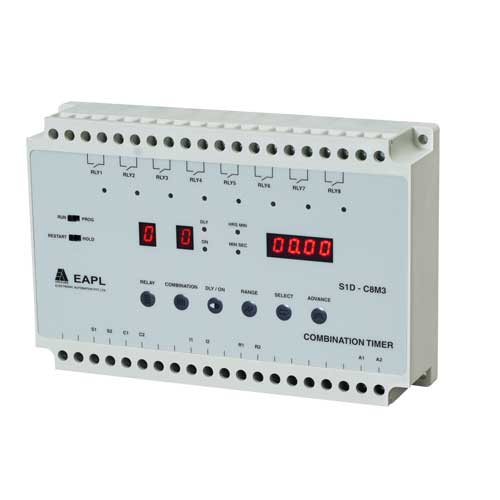
Combination Timers
Electronic Automation Pvt Ltd offers a wide range of combination timers.
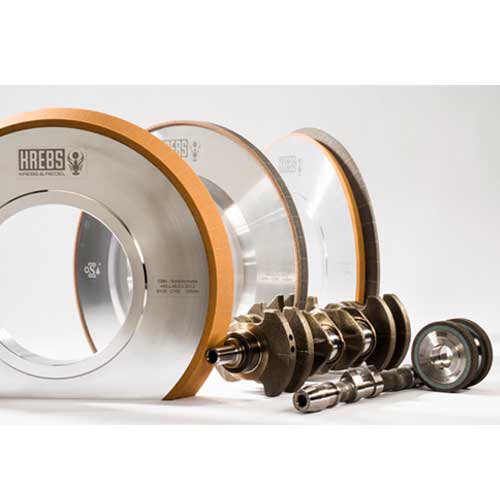
Cbn and Diamond Tools
Krebs & Riedel Abrasives India Pvt Ltd offers a wide
range of CBN and diamond tools.
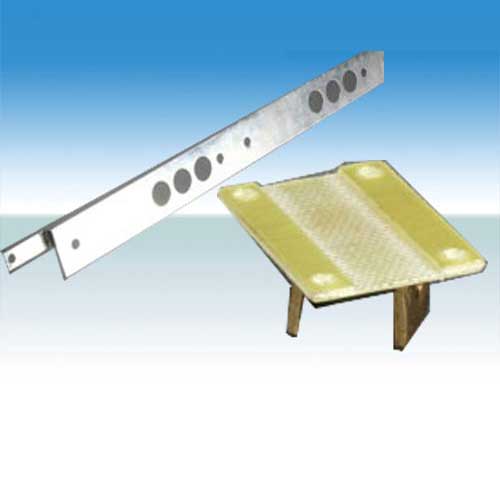
Connectors
G R Enterprises offers a wide range of connectors.





